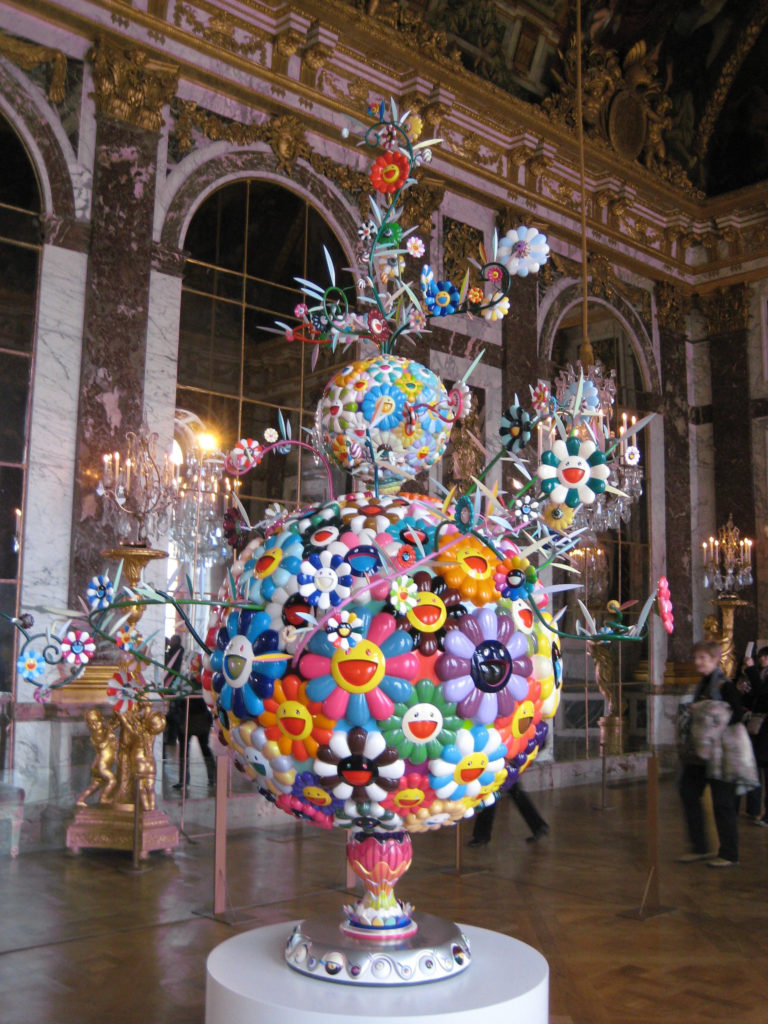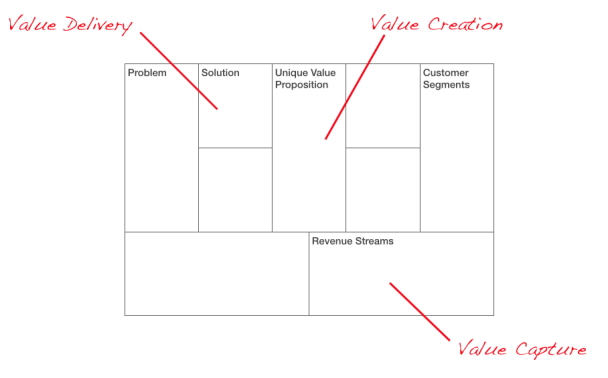Business models come in all shapes and designs, boasting their lingo from SaaS, freemium, B2B, B2C, and so on. But ultimately, business frameworks can be derived from three simple archetypes. Ash Maurya succinctly boils down business models to the following:
Multisided Business Models
Multisided business models generally deliver value to users and, in turn, work with customers to monetize. Take Yahoo, for example, where users may come to Yahoo to participate in fantasy sports. The user exchanges their time and attention consuming Yahoo content. In turn, Yahoo turns around and sells a derivative currency which in this example may be advertising impressions on a page or cookie data to advertisers. Yahoo is not charging the user directly, but rather the content is being paid for by advertisers trying to reach targeted shoppers online.
Examples of Multisided, Ad-based, Big Data, and not-for-profits
Direct Business Models
Direct businesses are the most common and straightforward businesses around. These types of businesses provide value in exchange for currency. As long as the customer has greater value than the product or service cost, you have a happy customer.
Examples of Direct Models: Software as a Service (SaaS), physical goods, retailers, service providers, and retail store
Marketplace Business Models
Marketplaces are the most complicated type of business to pull off. Like a multisided business, they work with multiple segments of buyers and sellers. In a Multisided model, the entrepreneur can tackle and solve one side of the model (in Facebook’s case, first building up users and then eventually addressing monetization). However, unlike multi-sided businesses, the marketplace model must simultaneously handle both the buyer and seller to be successful. Think of a company like Uber, which would not have been successful if it had not built the driver and customer base simultaneously.
















































